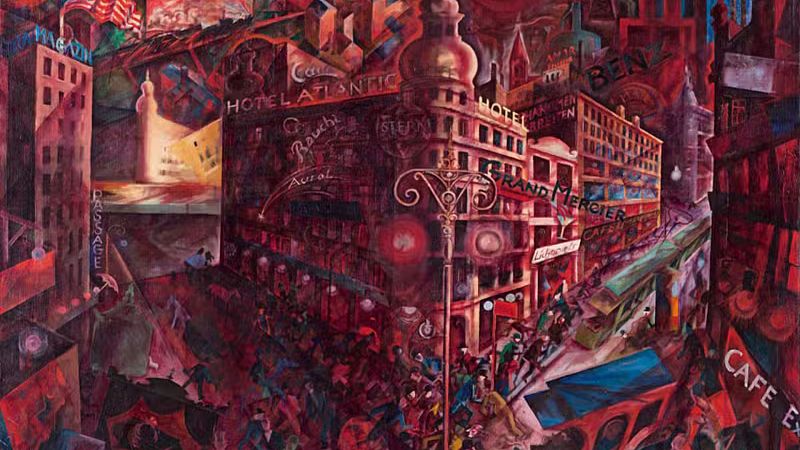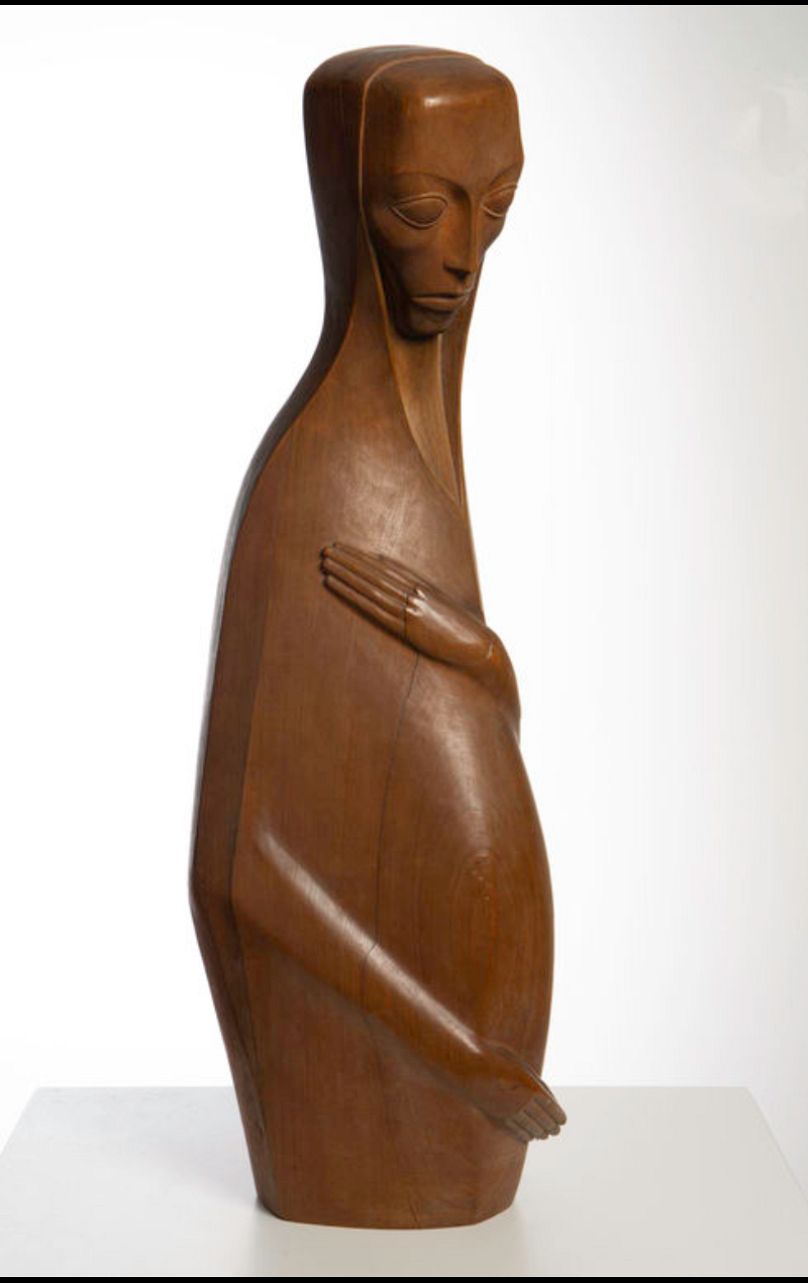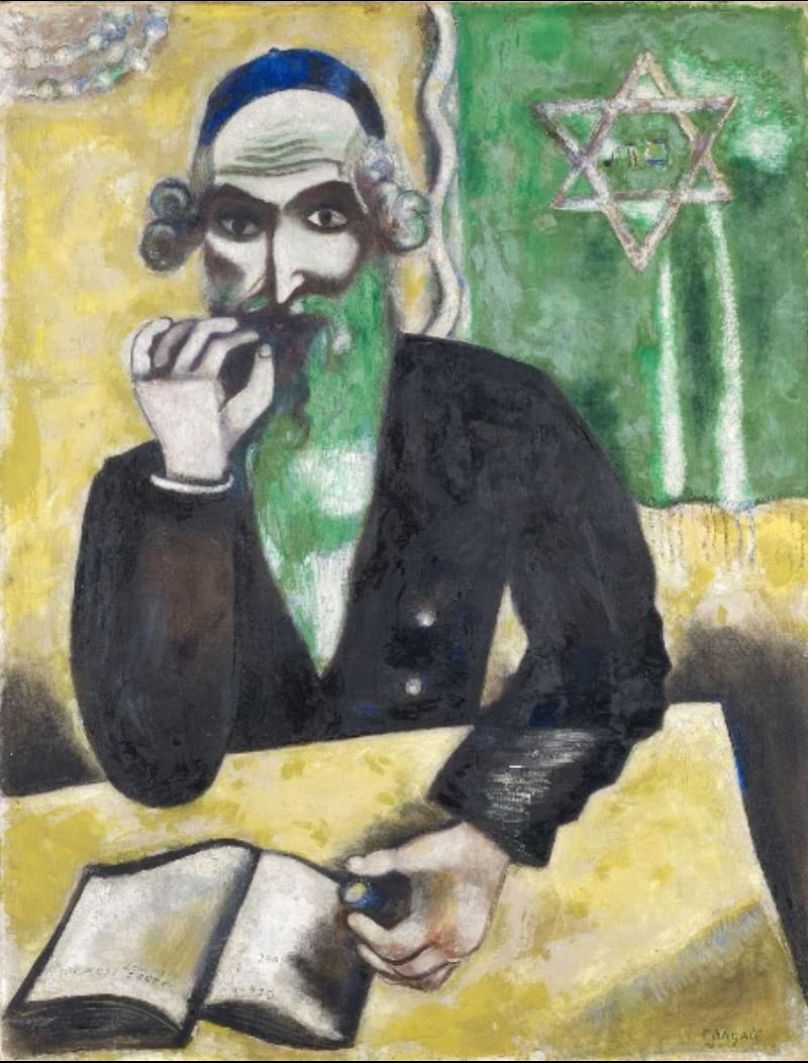'Degenerate art' denounced by Nazis goes on show in Paris

A new exhibition on the “degenerate” art disavowed by the Nazis has opened in Paris. ‘L’art dégénéré’ is now on at the Musée Picasso in Paris and is the first show in France dedicated to the art which came under attack during the Nazi regime.
At the forefront of the expo is an examination of the ‘Entartete Kunst’ (degenerate art) exhibition that ran in Munich in 1937 showing more than 600 works by artists persecuted by the Nazis.
‘Entartete Kunst’ was designed to disgust the German public at the output of artists from backgrounds rejected by the fascist state, such as Jews, Bolsheviks and homosexuals. Many of the artists included in the exhibition are now considered crucial avant-garde members of modern art such as Otto Dix, Wassily Kandinsky and Paul Klee.
The 1937 show was the culmination of a series of exhibitions promoted by the Nazi state to “purge” the degenerate art that was a threat to German “purity”. It followed exhibitions in Dresden, Mannheim, Karlsruhe and others across Germany that ran from the party’s election in 1933.
As part of the German government’s sweep, over 20,000 works of art from artists including Vincent Van Gogh, Marc Chagall and Pablo Picasso were withdrawn, sold or destroyed.
‘L’art dégénéré’ runs at the Musée Picasso from 18 February to 25 May and features many of the works targeted during the era. It examines the way fascist governments persecute people through art and targeting artists.
Other artists featured in the exhibition include George Grosz, Paul Klee and Oskar Kokoschka.
There’s also a section dedicated to the persecution of Jewish artists by the Nazi regime, focused around two paintings from Jewish French-Russian artist Marc Chagall.
It’s the first time a French museum has dedicated an exhibition to the art branded degenerate by the Nazis aside from a small exhibition by the Goethe Institut in 1989. Other countries have run similar exhibitions in the past, including a major Berlin retrospective in 1992.
Some of the artworks on display were thought to have been lost forever during the war. Sculptures by German sculptor Emy Roeder that were found during a 2010 archaeological dig in Berlin are on show.
Other works catalogue the journey through the war, from ownership by Jewish art patrons to their theft by the Nazis and eventual return to the original owner’s descendants.
‘La Prise (Rabbin)’, a painting by Chagall which takes its title from a short story by Yiddish writer Isaac Leib Peretz was acquired by the Kunsthalle of Mannheim in 1928. As both the painter and the painting’s subject embodied Jewish culture, the work was paraded through Mannheim’s streets in 1933 with the message “You who pay taxes, you should know where your money is spent” before it was shown in the 1937 ‘Degenerate Art’ exhibition.
There are also letters from artists like Dix throughout the exhibition that paint a picture of life as an artist during the Nazi era. It also tells the stories of the artists persecuted by the regime.
As the exhibition debuts in Paris, the exhibition is a powerful historical document of how fascist regimes persecute culture through its art.
‘L’art dégénéré’ runs at the Musée Picasso Paris until 25 May.
Today



